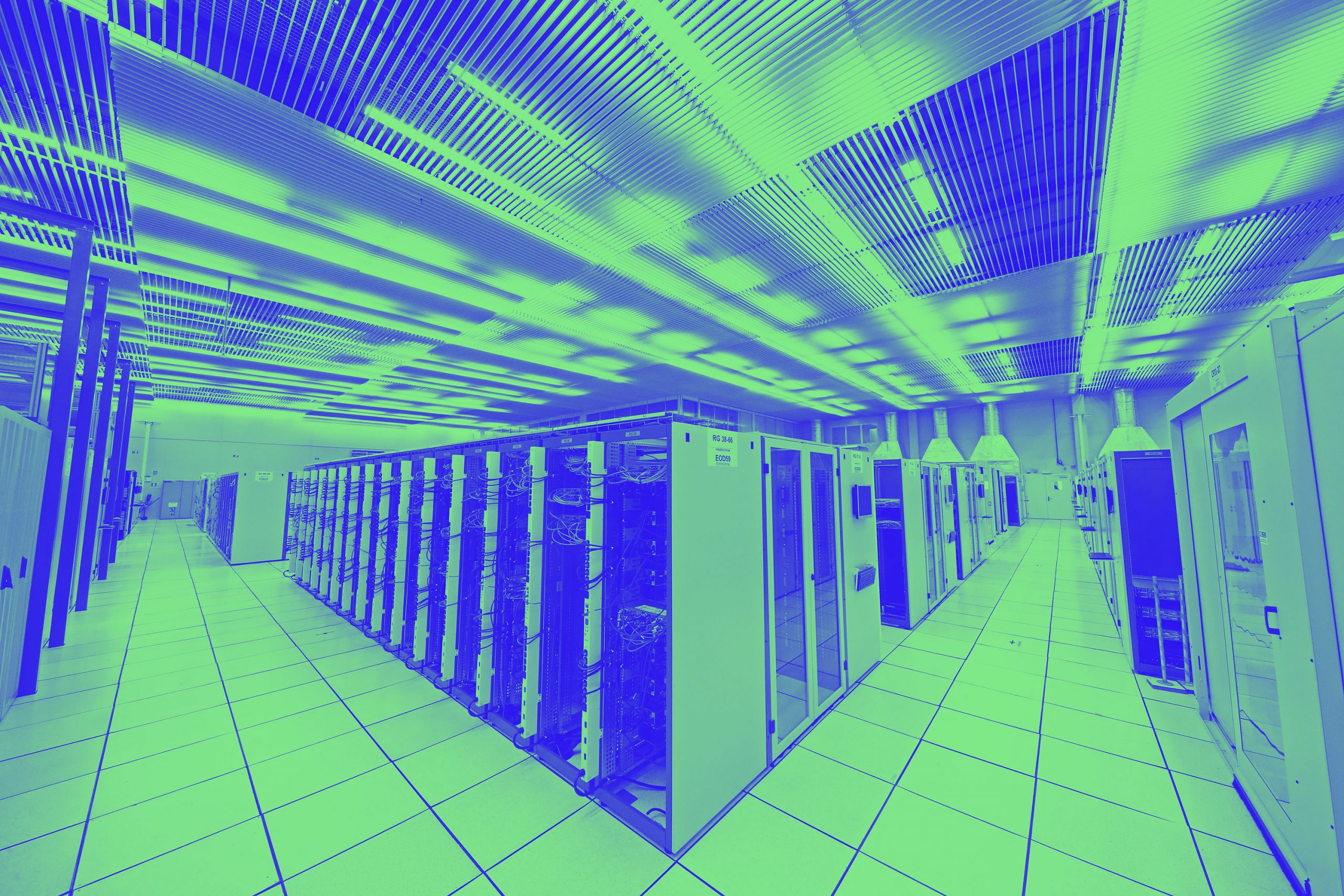AI data centers tackle the sustainable energy challenge
October 10, 2024

After decades of stable demand, global electricity usage is on a sharp upward swing. US electricity demand could soar an average of 9% by 2028, with costs spiking 20%, according to consulting firm ICF. The culprit: the proliferation of energy-gobbling data centers powering cloud computing and artificial intelligence.
More than $18 billion was spent on construction of privately-owned US data centers last year, a 44% spike over 2022 levels. Private equity has invested nearly $800 billion in “digital infrastructure” — data centers and telecoms — over the past four years.
Amid fresh warnings about the pace and scale of fossil fuel-driven climate change, the increasingly urgent question is, will the burgeoning data center industry swing green, or brown?
In the “arms race to build out AI infrastructure,” technology giants, startups, private equity funds, real estate and infrastructure investors are racing to secure clean energy sources such as hydropower, nuclear power and, in the near future, commercial fusion. (Renewable sources like wind and solar are intermittent due to weather patterns, and often require large swathes of land that aren’t available near data centers.)
This week, Scala Data Centers in São Paulo, Brazil, raised $550 million to build large-scale data centers across Mexico and South America that tap into hydropower — particularly in Brazil, which generates two-thirds of its electricity from elevated reservoirs fed by rivers and high precipitation. Barcelona-based startup Submer raised $55.5 million to scale “waterless data centers” that use environmentally friendly immersion cooling for hot servers.
In Bethesda, Maryland, Blue Energy raised $45 million for modular, underwater nuclear power plants, with a deal for an unspecified data center to use the power.
Market rush
Only 40% of existing and planned data centers now run or will operate on clean energy, Goldman Sachs estimates. That means that center “hyperscalers” led by Google, Microsoft, Meta, Apple and Amazon, along with third-party developers and startups, face an opportunity to tilt the industry green by focusing on clean power.
Last month, Microsoft, BlackRock and a state-backed investor from the United Arab Emirates launched a $30 billion fund to invest in data center infrastructure to feed demand for AI applications. The group, which hopes to attract an additional $70 billion in outside capital, hasn’t explained how its centers would be powered “in a sustainable way.”
“If you are trying to deliver capacity for a client who’s only lukewarm on sustainability stuff, speed to market is going to trump everything,” Peter Freed, Meta’s former energy strategy director, tells ImpactAlpha.
Freed, now an independent energy consultant, adds that with the data center “load growth” of announced projects hitting electricity grids in 2027, “it could be that one of the solutions that people would pursue is just adding a lot of new gas. We’re just hoping that we’ll see some creative thinking.”
Nuclear
Nuclear fission, from old school reactors to next-generation models, is getting a fresh look as an option for clean, affordable “baseload” power. At least three US data center owners have signed deals with large nuclear power plants to supply their facilities. Microsoft inked an arrangement last month to restart Three Mile Island, whose partial meltdown in 1979 is America’s worst nuclear accident.
Washington, DC–based Last Energy raised $40 million in August to build 20-megawatt modular reactors, starting in Europe. The startup plans to serve industrial and data center customers by constructing light-water reactors on site and selling power to the businesses. Aalo Atomics in Austin, Texas, landed $27 million to build small reactors to deliver clean power for data centers, among other users.
The red-hot growth in data centers meant US nuclear power could triple to 300 gigawatts by 2050, the Department of Energy said last month. Says Freed: “You’re not going to get to a fully decarbonized system without nuclear power.”
Fusion
Fusion energy, which instead of splitting atoms fuses them together, has been in the labs for decades. But the carbon-free power underwent a major breakthrough in 2022 when the Lawrence Livermore National Laboratory near San Francisco created a net energy gain in a fusion reaction — a first, and a tantalizing step closer to commercial reality for the technology, which mimics the process that powers the sun.
In August, Seattle-based Zap Energy raised a fresh $130 million to build a fusion energy system that confines plasma without expensive magnets (Freed is a consultant to the startup).
In 2022, Lowercarbon Capital closed a $250 million fund to back fusion energy startups. “It’s no longer a matter of if this will happen, it’s about when, and when is sooner than you think,” said co-founder Chris Sacca at the time.
Fusion “is civilizationally changing,” Freed says. Tackling the energy consumption of data centers and climate change “would be a lot easier with fusion in the next decade.”
Sustainable opportunity
A massive “hyperscale” data center can use as much power as 80,000 households. Goldman Sachs projects 15% compound annual growth in data center power demand from through the end of the decade, driving data centers to nearly triple their share of US power demand to 8% of the total by 2030.
Amid the boom, the opportunities to invest in renewable energy to fuel data centers “are underappreciated,” says Goldman.
Last year, US wind and solar capacity contracted to data center providers and customers soared more than 50% to 40 gigawatts — equivalent to two-thirds of the total US corporate renewables market, according to S&P Global. One gigawatt is enough to power roughly 750,000 homes.
Amazon, Google, Meta, Microsoft and Apple have a collective renewable portfolio around the globe of more than 45 gigawatts. More than half, or 57%, of the global corporate wind and solar capacity tracked by S&P is tied to those five companies. The data doesn’t include most on-site renewable generation.
Search
RECENT PRESS RELEASES
Related Post


